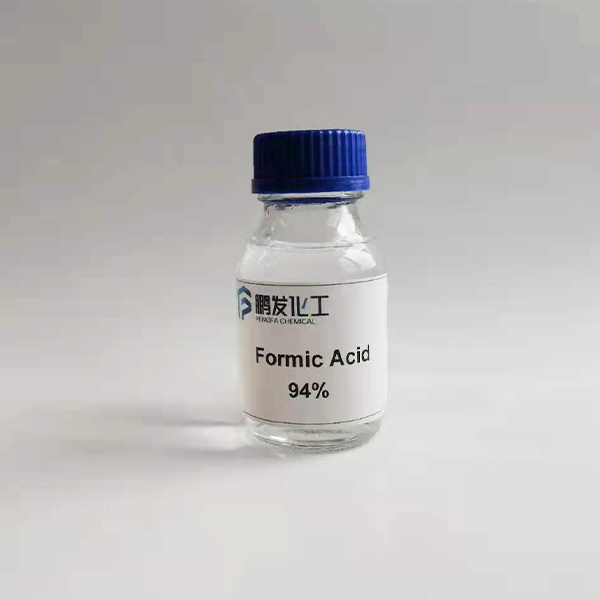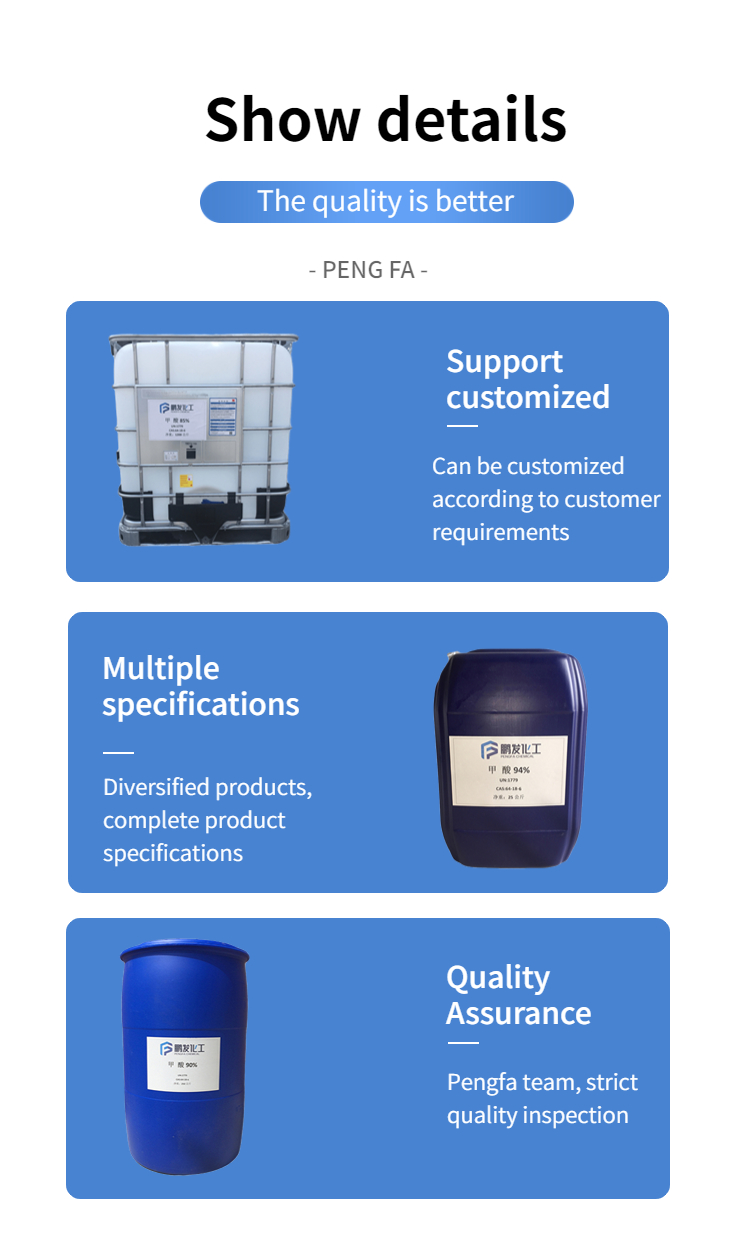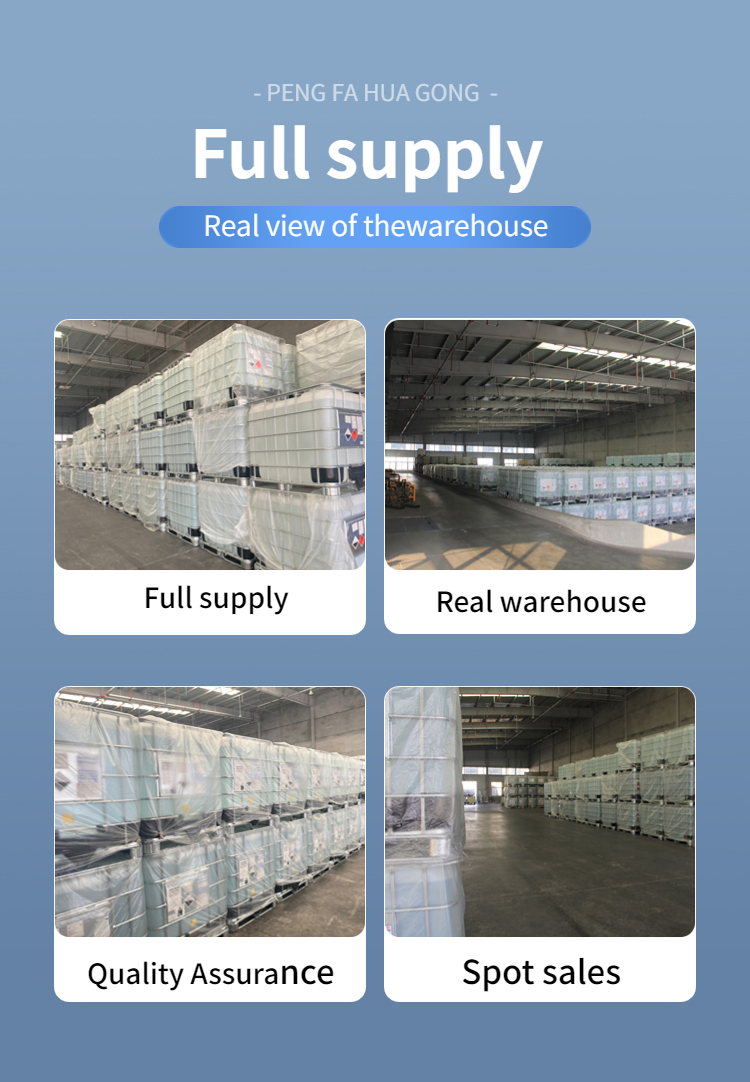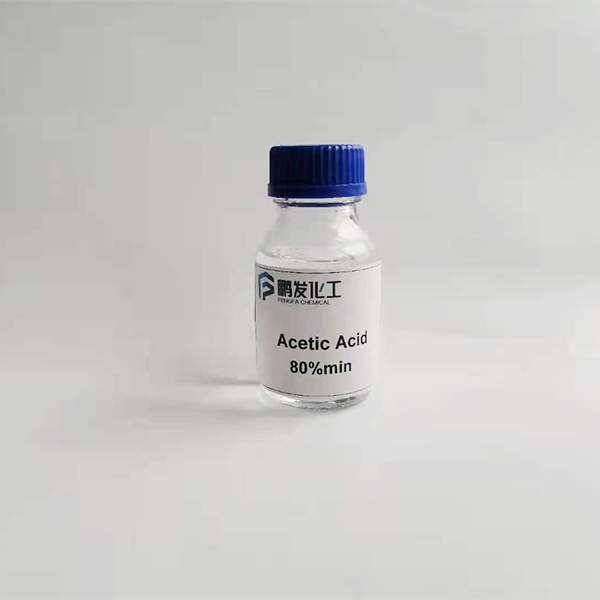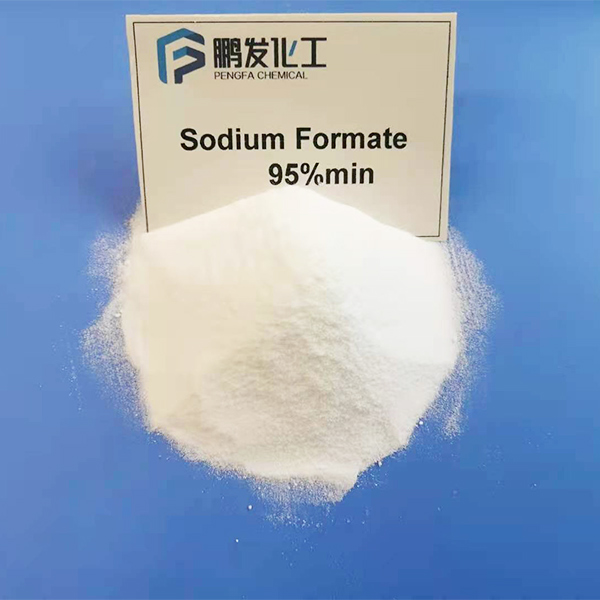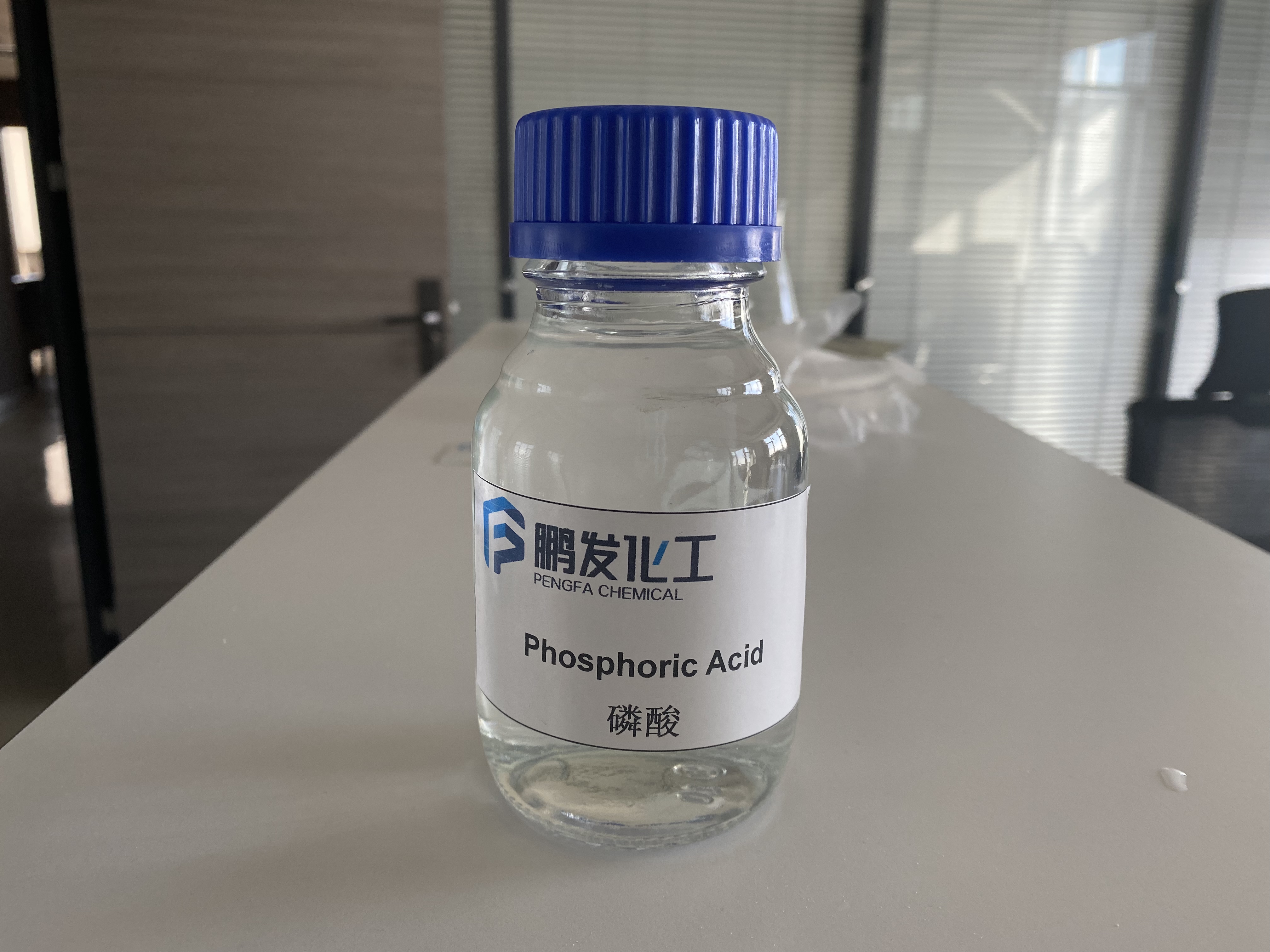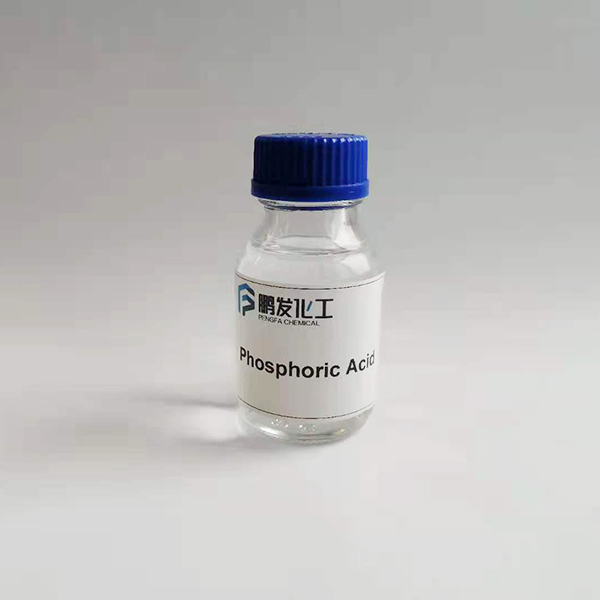Physical and chemical properties of formic acid
Physical and chemical properties of formic acid,
Formic Acid, Formic Acid 94%, Formic Acid 99, formic acid content, Formic Acid Manufacturer, Formic Acid Supplier,
Process
We produce Formic Acid by the most advanced Methyl Formate
technology. Firstly, Methyl Formate is produced from CO and Methanolwith the action of catalyst. Under a certain temperature and pressure,Methyl Formate is hydrolyzed to Formic Acid. Low purity Formic Acidsolution will beconcentrated to higher ones to meet different require-
ments of customers.
Reaction Equation:HCOOCH3+H2O HCOOH+CH3OH Production
Application
1. Latex industry:Coagulation,etc.
2. Pharmaceutical industry:Caffeine, Analgin ,
Aminopyrine,Aminophyl-line, Theobromine bomeol, Vitamin B1,Metronidazole,Mebendazole, etc.
3. Pesticide industry:Triadimefon,Triazolone,
Tricyclazole, Triazole ,Triazophos, Paclobutrazol, Sumagic,Disinfest, Dicofol, etc.
4.Chemical industry:Calcium formate, Sodium formate , Ammoniumformate, Potassium formate, Ethyl formate , Barium formate, DMF, Formamide, Rubber antioxidant, Pentaerythrite, Neopentyl glycol, ESO, 2-Ethy! hexyl ester of epoxidized soybean oil, Pivaloyl Chloride,
Paint remover, Phenolic resin , Acid cleaning of steel production, Methane amide, etc.
5.Leather industry: Tanning,deliming,Neutralizer,etc.
6. Poultry industry:Silage,etc.
7. Others:Can also manufacture printing and dyeing mordant.Coloring
and finishing agent for Fiber and paper, Plasticizer,Food freshkeeping, Feed additive,etc
8. Producing cO:Chemical reaction: HCOOH=(dense H, So4catalyze)heat=CO+H,O
9.Deoxidizer: Test As,Bi,Al,Cu,Au,Im,Fe,Pb, Mn, Hg ,Mo, Ag,Zn, etc.Test Ce, Re, Wo.Test aromatic primary amine, secondary amine.dis-solvant for testing molecular WT and crystallization.Test methoxyl.
10.Fix-er for microscopic analysis.Producing formate.chemical cleaningagent, Formic acid are free of CL, can be used for cleaning stainlesssteel equipment
|
Item |
|
||
|
90% |
|||
|
Superior |
Firs-class |
Qualified |
|
| Formic Acid, w/% ≥ |
90 |
||
| Colour /Hazen(Pt-Co)≤ |
10 |
20 |
|
| Diluting(sample+water=1十3) |
Clear |
Pass test |
|
| Chlorides(as Cl),w/%≤ |
0.0005 |
0.002 |
0.002 |
| Sulphates(as SO4),w/%≤ |
0.0005 |
0.001 |
0.005 |
| Iron(as Fe)w/%≤ |
0.0001 |
0.0004 |
0.0006 |
| Evaporation Residues w/% ≤ |
0.006 |
0.015 |
0.02 |







Flammable. It can be miscible with water, ethanol, ether and glycerol, and most polar organic solvents, and also has a certain solubility in hydrocarbons.
The relative density (d204) is 1.220. Refractive index
1.3714. The combustion heat is 254.4 kJ/mol, the critical temperature is 306.8 ℃, and the critical pressure is 8.63 MPa. Flash point 68.9 ℃ (open cup). Density 1.22, relative vapor density 1.59 (air =1), saturated vapor pressure (24℃) 5.33kPa.
High concentrations of formic acid tend to freeze in winter.
Forbidden compounds: strong oxidant, strong alkali, active metal powder.
Dangerous characteristics: the vapor and air form an explosive mixture, which causes combustion and explosion in case of open fire and high heat energy. Reacts with strong oxidants.
Solubility: miscible with water, insoluble in hydrocarbons, miscible in alcohol.
In hydrocarbons and gaseous states, formic acid occurs as dimers bonded by hydrogen bonds. In gaseous state, hydrogen bonding results in a large deviation between formic acid gas and ideal gas equation of state. Liquid and solid formic acid consists of continuous formic acid molecules bonded by hydrogen bonds.
Formic acid is decomposed into CO and H2O under the catalysis of concentrated sulfuric acid:
Because of the special structure of formic acid, one of its hydrogen atoms is directly connected to the carboxyl group. Or you could view it as a hydroxyformaldehyde. Thus formic acid has both acid and aldehyde properties.
Formic acid has the same properties as most other carboxylic acids, although under normal circumstances formic acid does not form an acyl chloride or anhydride. Dehydration decomposes formic acid into carbon monoxide and water. Formic acid has similar reducing properties to aldehydes. It can initiate a silver mirror reaction, reducing the silver ions in the silver ammonia complex ions to silver metal, and itself is oxidized into carbon dioxide and water:
Formic acid is the only carboxylic acid that can be added to olefins. Formic acid in the action of acids (such as sulfuric acid, hydrofluoric acid), and olefins quickly react to form formates. However, a side reaction similar to the Koch reaction can also occur, with the product being a higher carboxylic acid.
Pair value of octanol/water partition coefficient: -0.54, upper explosion limit % (V/V) : 57.0, lower explosion limit % (V/V) : 18.0.
Formic acid is a strong reducing agent and silver mirror reaction can occur. It is the most acidic in saturated fatty acids, and the dissociation constant is 2.1×10-4. It slowly breaks down into carbon monoxide and water at room temperature. It is heated to 60~80℃ with concentrated sulfuric acid to decompose and release carbon monoxide. When formic acid is heated above 160 ° C, it decomposes to release carbon dioxide and hydrogen. The alkali metal salts of formic acid are heated to 400 ° C to form oxalates.
Molecular structure data
1. Molar refractive index: 8.40
2. Molar volume (m/mol) : 39.8
3. Isotropic specific volume (90.2K) : 97.5
4, surface tension (dyne/cm) : 35.8
5, polarizability (10cm) : 3.33

